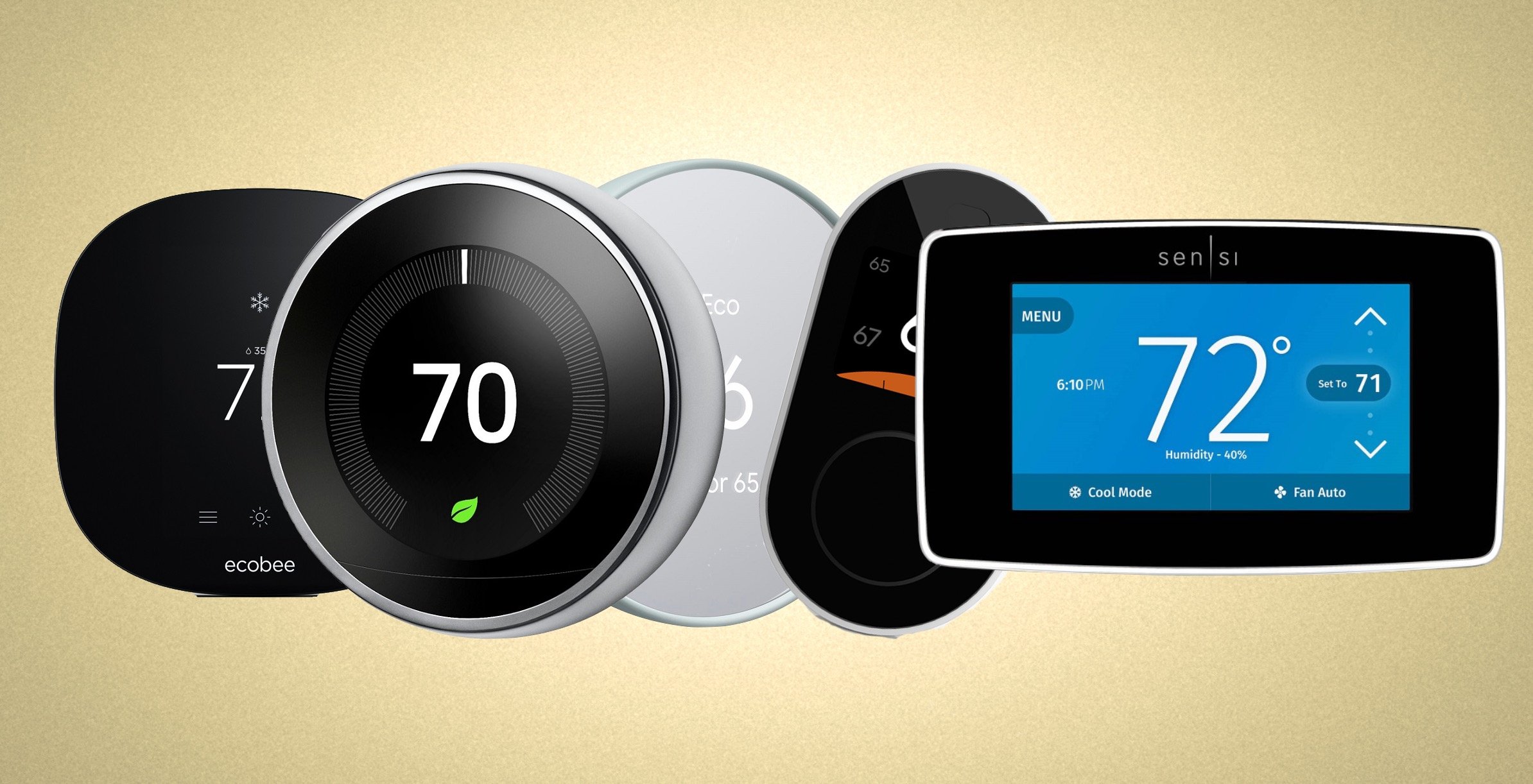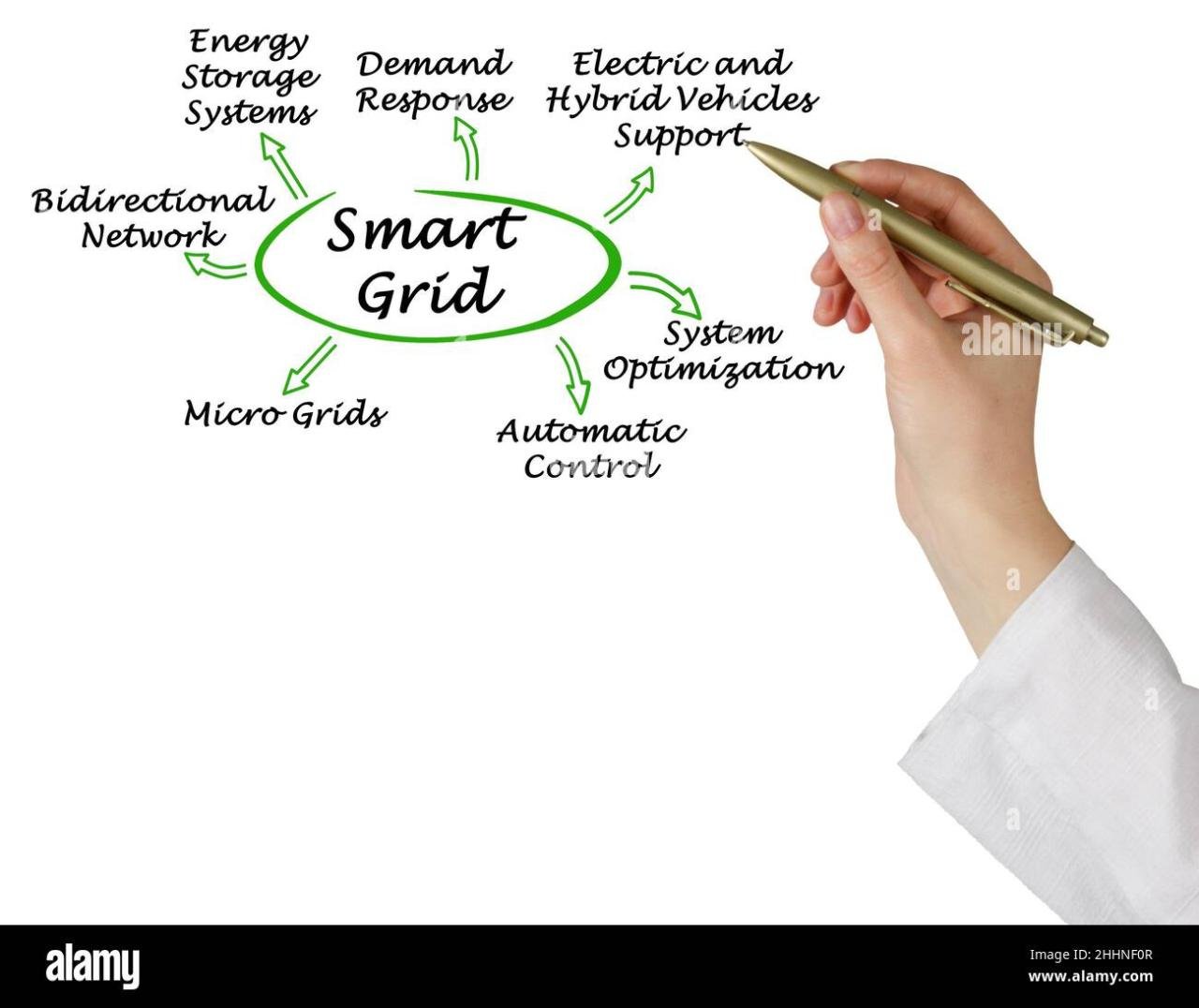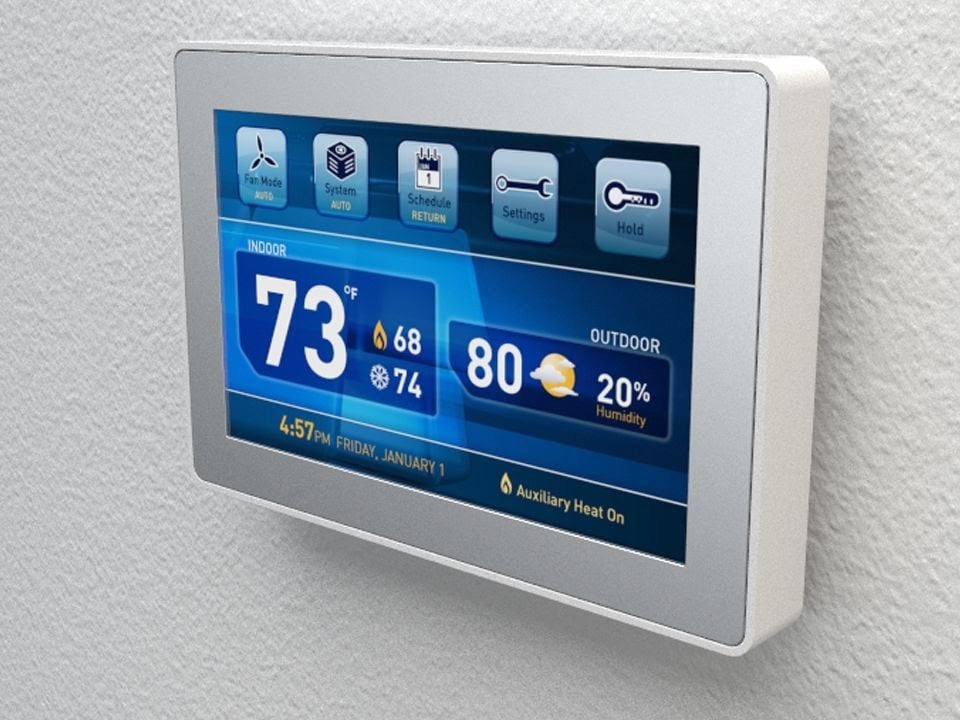Image from: linkdhome.com
Smart thermostats are revolutionizing home energy management in 2024, offering advanced features to boost efficiency and cut utility costs. This guide explores how these innovative devices work and their benefits for homeowners.
1. What Are Smart Thermostats?
Smart thermostats use advanced technology to manage your home’s heating and cooling systems more effectively than traditional thermostats. They integrate sensors, Wi-Fi, and AI to learn your preferences and automate temperature adjustments, enhancing both comfort and energy efficiency.
2. Key Features for Efficiency
These devices come with a range of features designed to optimize energy use. From programmable schedules and remote control via smartphone apps to integration with home automation systems, smart thermostats offer precise control over your home’s climate.
3. Automation for Savings
Smart thermostats can significantly reduce energy consumption by automating temperature changes based on your daily routine. They adjust settings when you’re away or asleep, ensuring that energy is only used when needed, which can lead to noticeable savings on your energy bills.
4. Remote Control Benefits
With smart thermostats, you can control your home’s temperature from anywhere using a smartphone app. This remote access allows you to make adjustments on the go, whether you’re at work or on vacation, ensuring your home is always at your preferred temperature.
5. Learning Capabilities
Many smart thermostats feature learning algorithms that adapt to your habits and preferences over time. By analyzing your schedule and temperature adjustments, these devices fine-tune their settings to provide optimal comfort while maximizing energy efficiency.
6. Integration with Smart Home Systems
Smart thermostats easily integrate with home automation systems and voice assistants like Alexa and Google Assistant. This integration allows for voice commands and synchronized control with other smart devices, enhancing convenience and efficiency.
7. Cost Savings and ROI
Investing in a smart thermostat can lead to significant cost savings on your energy bills. Studies show that these devices can reduce heating and cooling costs by up to 20%, offering a strong return on investment and often paying for themselves within a short period.
8. Environmental Impact
By reducing energy consumption, smart thermostats help lower your carbon footprint. This not only saves money but also supports environmental sustainability by reducing greenhouse gas emissions and promoting greener living practices.
9. Installation and Compatibility
Smart thermostats are compatible with most heating and cooling systems and are generally easy to install. However, some systems may require professional installation, especially if they involve complex setups. Ensuring compatibility with your existing system is key.
10. Future Trends and Innovations
The future of smart thermostats includes advancements in AI, better integration with other smart home technologies, and enhanced user experiences. Staying informed about these trends will help you take advantage of the latest features and continue to improve your home’s energy efficiency.
Conclusion
Smart thermostats offer a powerful way to enhance energy efficiency, save on utility costs, and contribute to environmental sustainability. With their advanced features and automation capabilities, these devices represent a smart investment for anyone looking to optimize home climate control and enjoy greater convenience.








